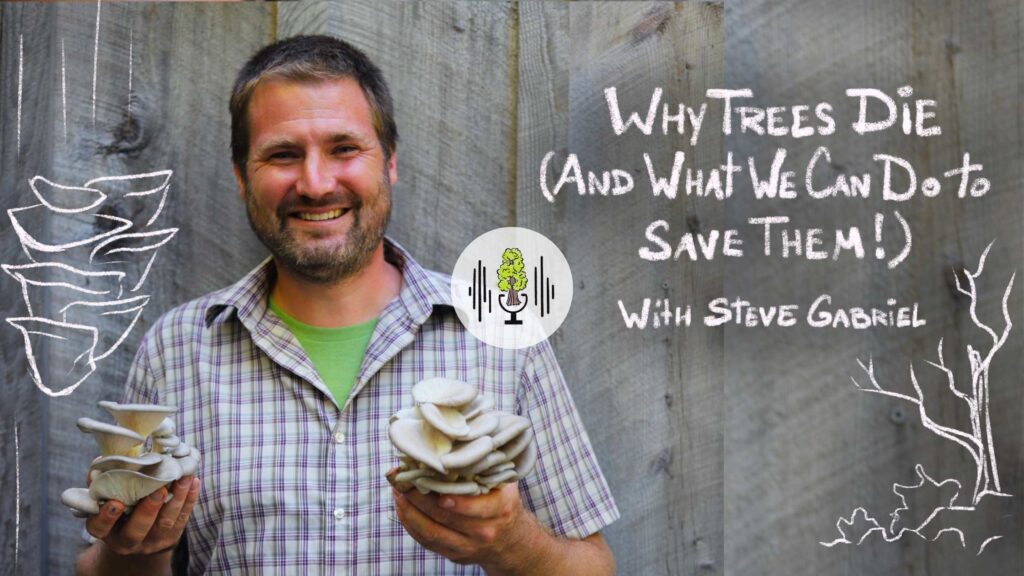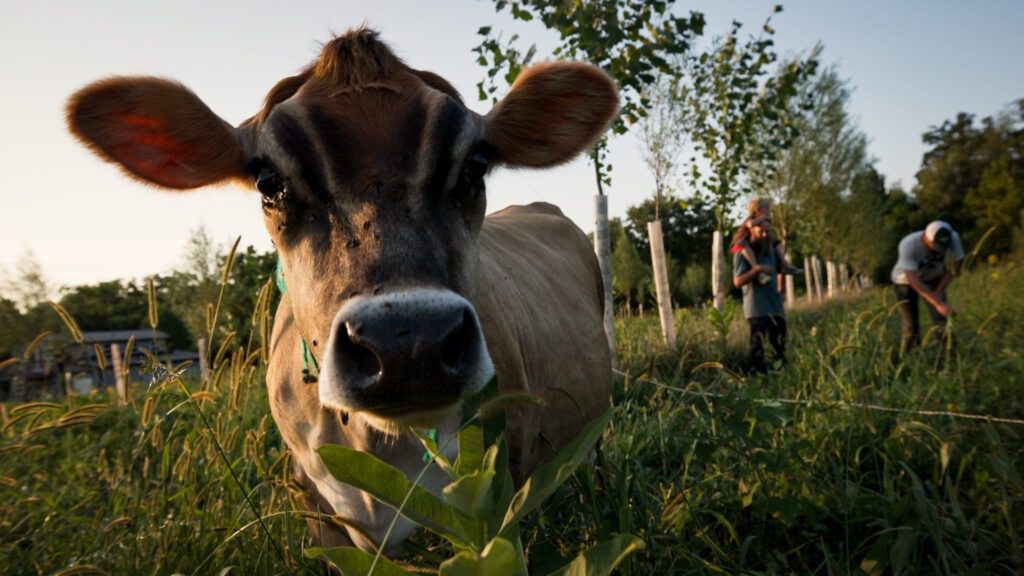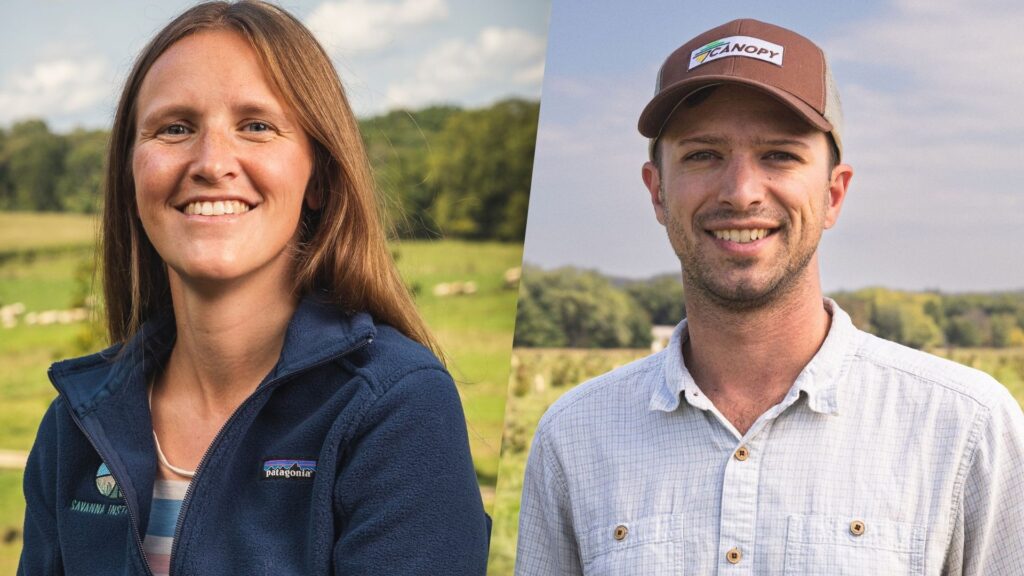jan 13, 2025 By Monika Shea and Kevin Wolz
Advice about what tree and shrub species to plant is one of the most common requests we get at the Savanna Institute and at Canopy Farm Management, two organizations working to scale up tree-based agriculture in the Midwest.
That’s why in 2024 our scientists partnered to launch Canopy Compass, a web-based, perennial crop suitability mapping and farm analysis tool. For farmers who want to integrate perennials into their farming operations, choosing the right species for the right landscape is essential. Canopy Compass was built to support farmers’ transition to regenerative agriculture by identifying perennial crop possibilities across US farmland.
There are many different tree and shrub crops that are of interest to farmers, and compared to other crops, there is often limited or inconsistent information available about where they can grow and thrive. People who want to learn more about tree and shrub crops often have to do a lot of digging for information, and the planning process for perennial agriculture can be onerous. In an effort to aggregate research and simplify the planning process for farmers, we have dug into the data and created suitability maps for dozens of tree and shrub crops, which are now shared on Canopy Compass.
Researchers at the Savanna Institute gathered extensive data on each species’ unique environmental requirements from published sources and crop experts. Coupling this information with publicly available soil and climate data, we mapped potentially suitable land, using a method that we developed and published in the scientific journal Nature-Based Solutions. The Savanna Institute then partnered with Canopy Farm Management to convert the technical results into easy-to-interact-with maps and context-driven reports.
Canopy Compass launched with information on 20 tree and shrub species commonly used in temperate agroforestry systems in the US, with more to come. The maps will be updated as new research on the crops continues to emerge. The Savanna Institute is now studying the impacts of climate change on tree and shrub crop suitability, and the findings will be incorporated into Canopy Compass.
A major goal with this project is to help make it easier for people to learn about and implement agroforestry. Trees are a long-term investment in a place, and Canopy Compass can help farmers make data-informed decisions to help secure a successful future for their land, contributing to the broader catalyzation of more tree crops and perennial farming systems on US farms.
Try Canopy Compass FREE through January!
Check out the latest features and run reports for your farm FOR FREE
Discover:
- High-resolution crop suitability
- 90+ maps covering the USA
- Soil & climate data
- Environmental concerns
- Current and historical context
Crop Suitability for:
Apple, Aronia, Black Currant, Black Locust, Black Walnut, Chestnut, Cherry, Elderberry, Heartnut, Honeyberry, Hybrid Hazelnut, Mulberry, Norway Spruce, Pecan, Persimmon, Plum, Poplar, Quince, Serviceberry, Swamp White Oak
Read more about tree crops

Why Trees Die (and what we can do to help them!) with Steve Gabriel
Agroforester Steve Gabriel leads the audience in a conversation about why agroforestry plantings fail and what we can do to help projects succeed in this recorded session at the 2024 Perennial Farm Gathering.

Garden Talk: Sharing your fall harvest; What is Agroforestry?
Join WPR’s Larry Meiller on Garden talk as he speaks with Savanna Institute’s Jacob Grace and Adam D’Angelo.

Suitability mapping for alternative crops: A consistent, high-resolution approach for the United States
Shea M and Wolz K (2024) Suitability mapping for alternative crops: A consistent, high-resolution approach for the United States. Nature-Based Solutions Vol 6, 100185.


